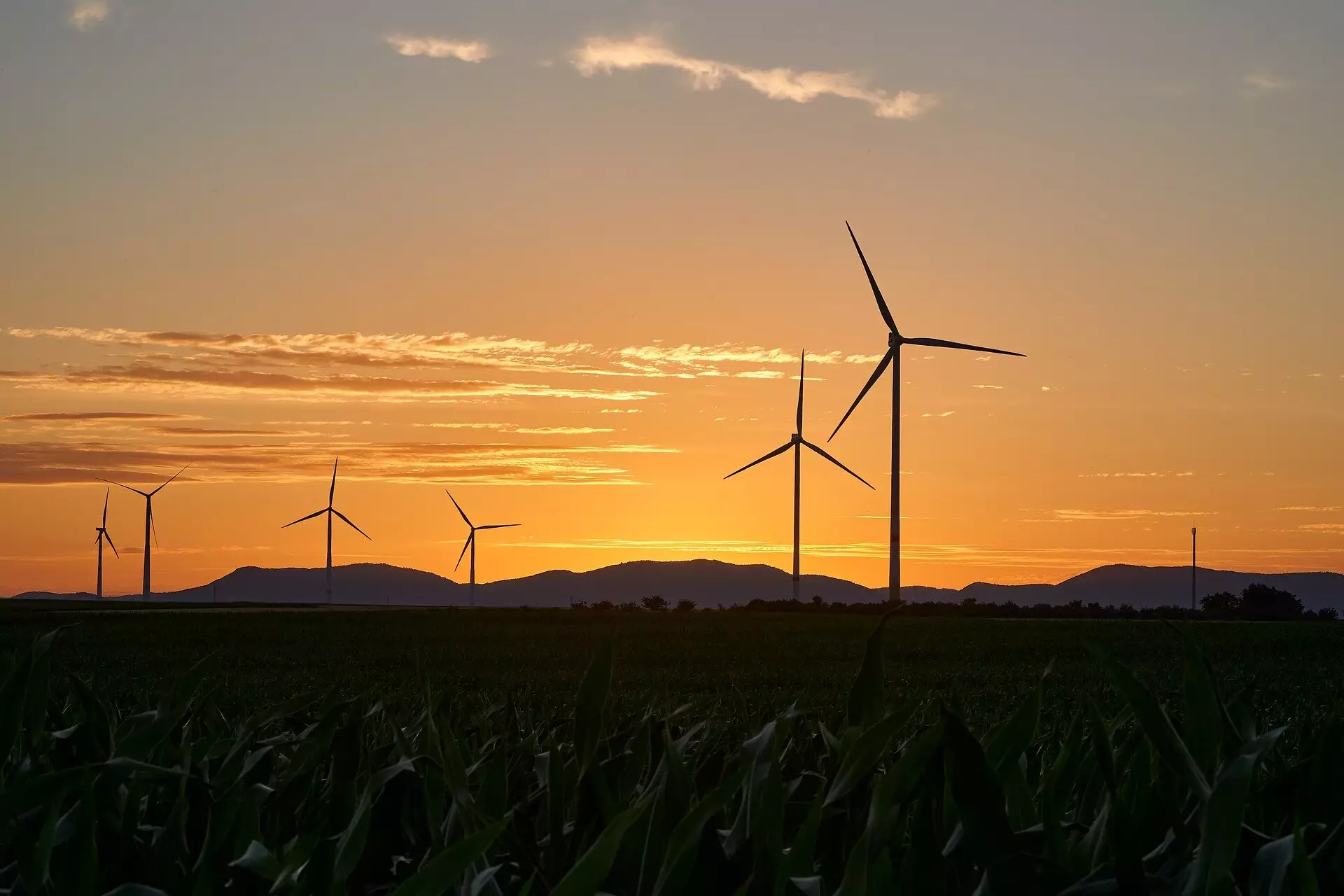The electricity sector has long been championed as the leader in emissions reduction in Australia, with an impressive 26% drop in emissions over the past 15 years. However, this pace is not sufficient to meet the federal government’s target of a 43% emissions cut by 2030. Investments in renewable energy have slowed, with a significant decrease in financial approvals for new solar and wind farms in 2023. In order to achieve the government’s ambitious goals, the sector must accelerate its transition to clean energy sources.
One of the main reasons for the sluggish pace of renewable energy development is the lack of adequate transmission infrastructure. New wind and solar farms require new transmission lines to transport electricity to consumers, as existing networks are not optimized for renewable energy sources. The Australian Energy Market Operator estimates that 50% of the necessary transmission lines needed by 2050 must be built in the next six years, a target that is yet to be met. Additionally, planning approval processes are slow, further hindering progress in building new renewable infrastructure.
Another obstacle in the transition to renewable energy is the uncertainty surrounding the closure of coal-fired power stations. While aging coal generators need to be replaced with cleaner alternatives, the lack of clarity on when these closures will occur makes it challenging to plan for future energy needs. State governments have resorted to making deals to keep coal power stations operational as a safety net against delays in renewable energy development.
The conflicting renewable energy targets set by state and federal governments have created a policy quagmire that hinders the energy transition in Australia. The lack of interstate collaboration on renewable energy projects leads to inefficiencies and increased costs. To overcome these challenges, a coordinated approach involving both government intervention and industry collaboration is needed to ensure a smooth transition away from coal.
As Australia moves towards a post-coal era, it is imperative to design a regulatory framework that supports the growth of renewable energy and ensures a reliable and affordable energy supply. Market rules must be adapted to accommodate the variable nature of renewable energy generation, and discussions around carbon pricing need to be revisited. Governments must also focus on integrating distributed energy resources, such as rooftop solar panels and electric vehicles, into the grid to enhance grid stability and resilience.
The urgency of accelerating Australia’s transition to renewable energy cannot be overstated. While the challenges are significant, the benefits of a clean, affordable, and reliable energy system far outweigh the obstacles. It is essential for governments, industry stakeholders, and communities to work together to overcome these challenges and pave the way for a sustainable energy future. The time to act is now, as the hard work of building a renewable energy infrastructure begins today.



Leave a Reply